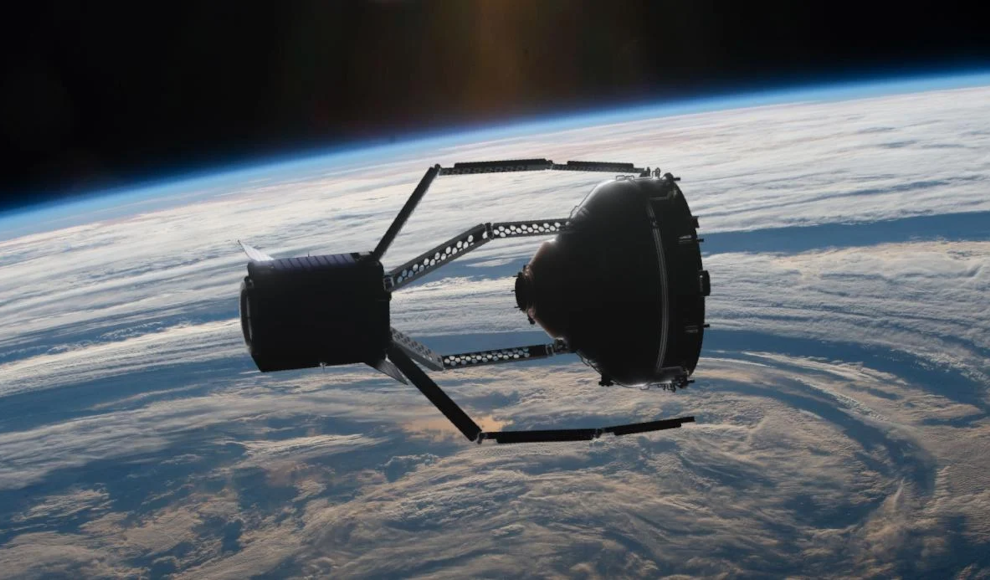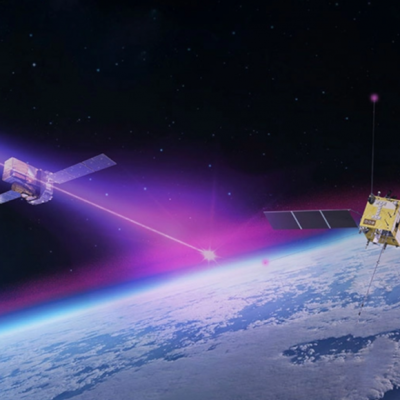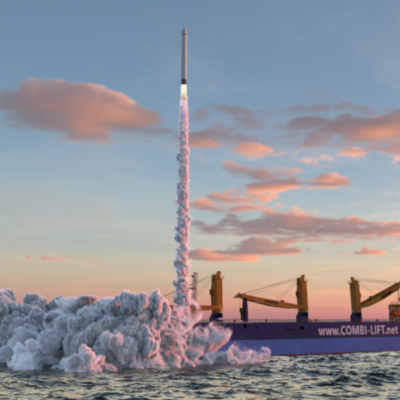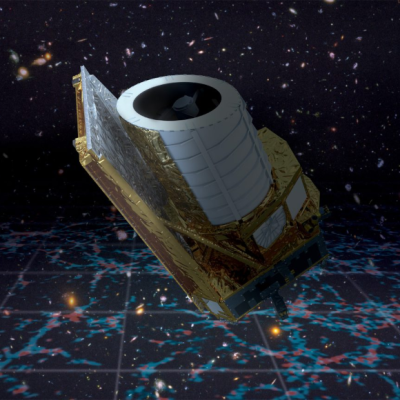The European Space Agency (ESA) has announced plans to launch a space debris removal mission to clear Earth’s orbit of hazardous debris. With over 12,000 satellites launched since 1950 and the increasing number of large constellations like Starlink and Chinese competitors, the amount of space debris in orbit is becoming a significant problem for space exploration and observation. The ESA estimates that there are approximately 36,500 objects larger than 10 centimeters in diameter in orbit, along with one million objects between one and ten centimeters and 330 objects between one millimeter and one centimeter. Even the tiniest debris can cause damage to satellites and spacecraft, as they orbit the Earth at speeds of over 10,000 kilometers per hour.
To address this issue, the ESA has commissioned a test mission from Swiss start-up ClearSpace-1 to investigate how space debris can be removed from Earth’s orbit. The mission is set to launch in the second half of 2026, with the spacecraft being launched by a rocket from French space company Arianespace. The mission will be financed by the ESA with 100 million euros and will involve using a robotic arm and a specially designed “zange” to capture and remove a payload adapter left behind during a Vega rocket launch. The spacecraft and debris will then re-enter the Earth’s atmosphere and burn up.
The mission is a crucial step in addressing the growing problem of space debris and ensuring the safety of future space exploration and observation. The success of this mission will demonstrate the effectiveness of the technology and techniques used in removing space debris and pave the way for future missions to clear Earth’s orbit of hazardous debris. As the ESA continues to monitor and address the issue of space debris, it is clear that the future of space exploration and observation depends on the successful removal of hazardous debris from Earth’s orbit.










